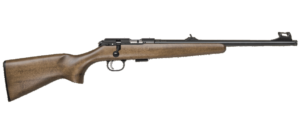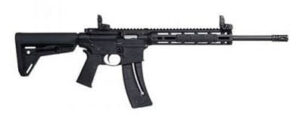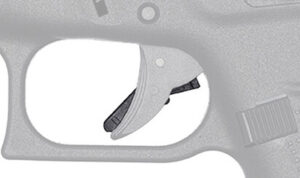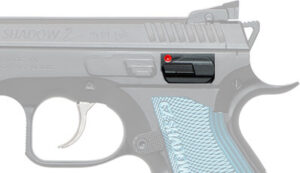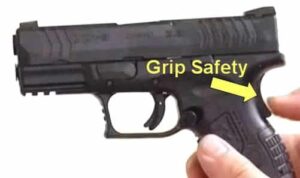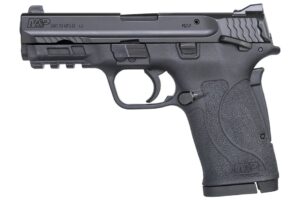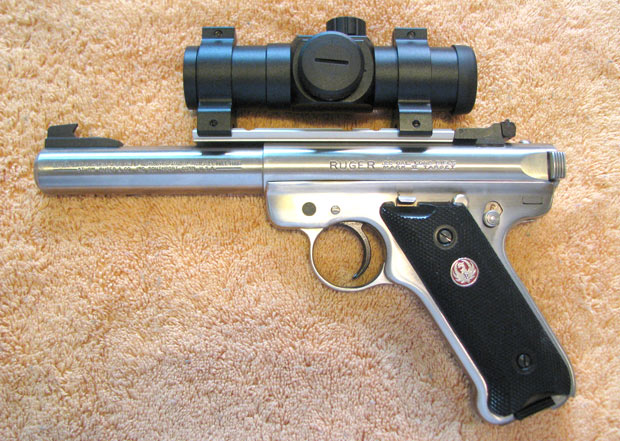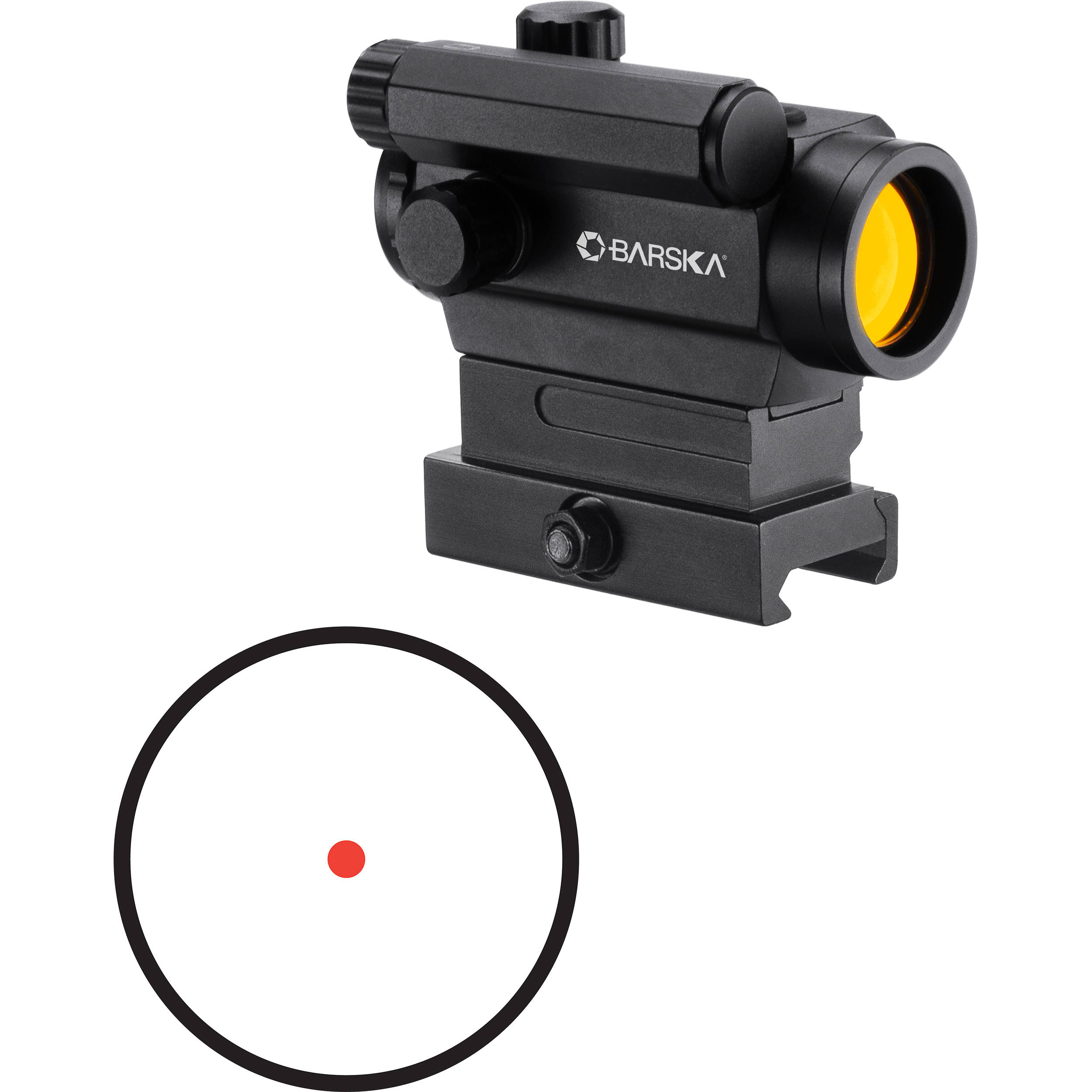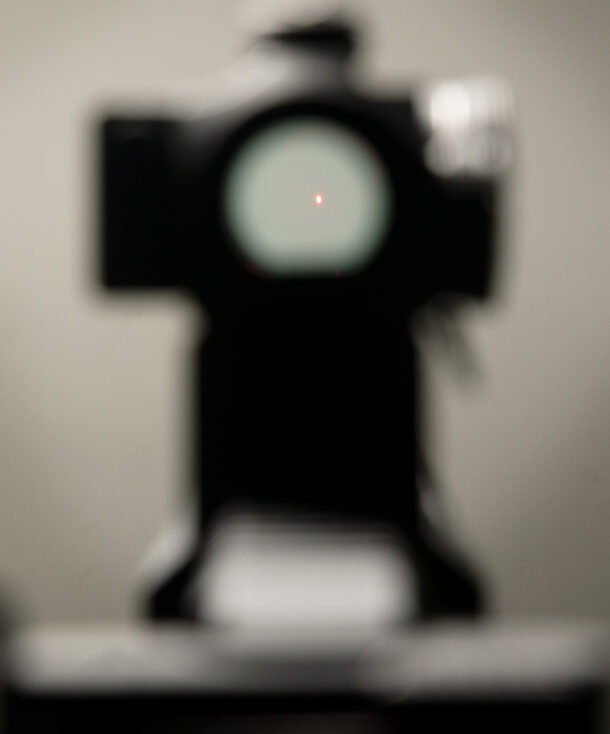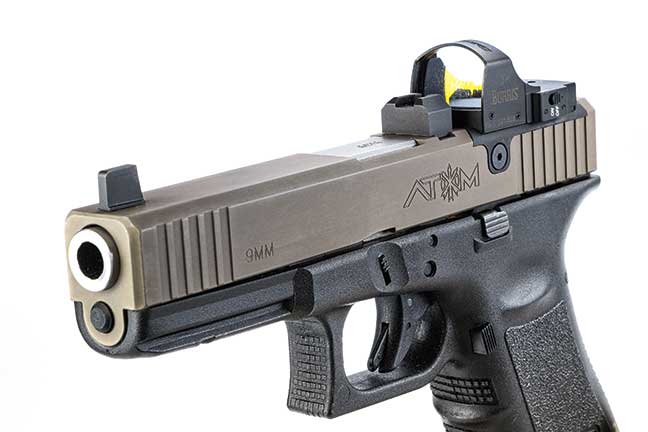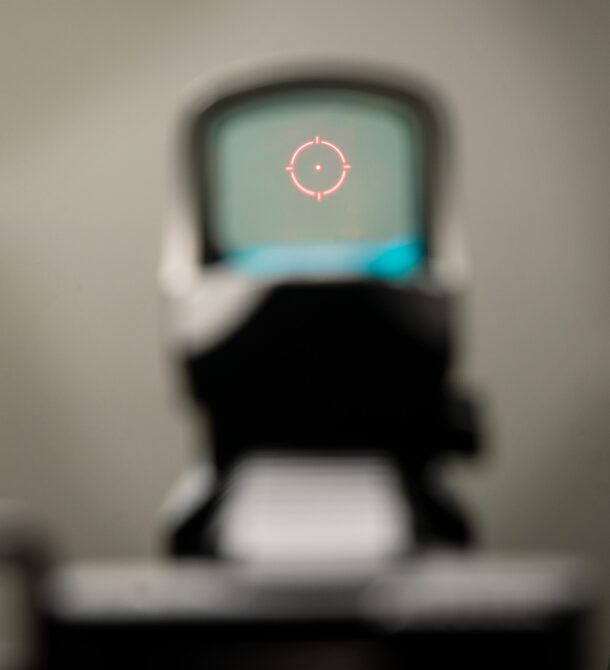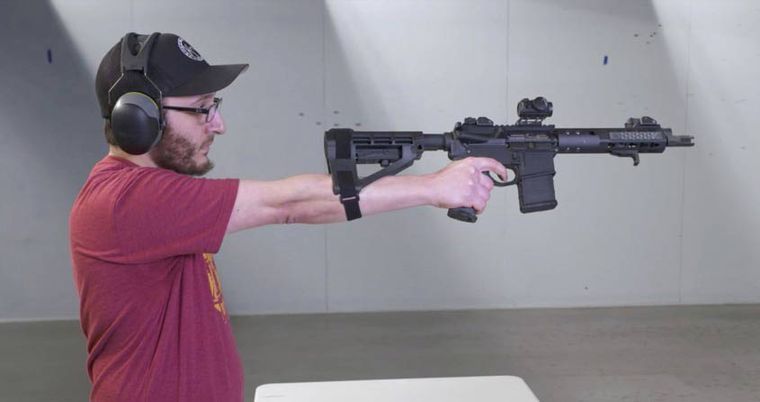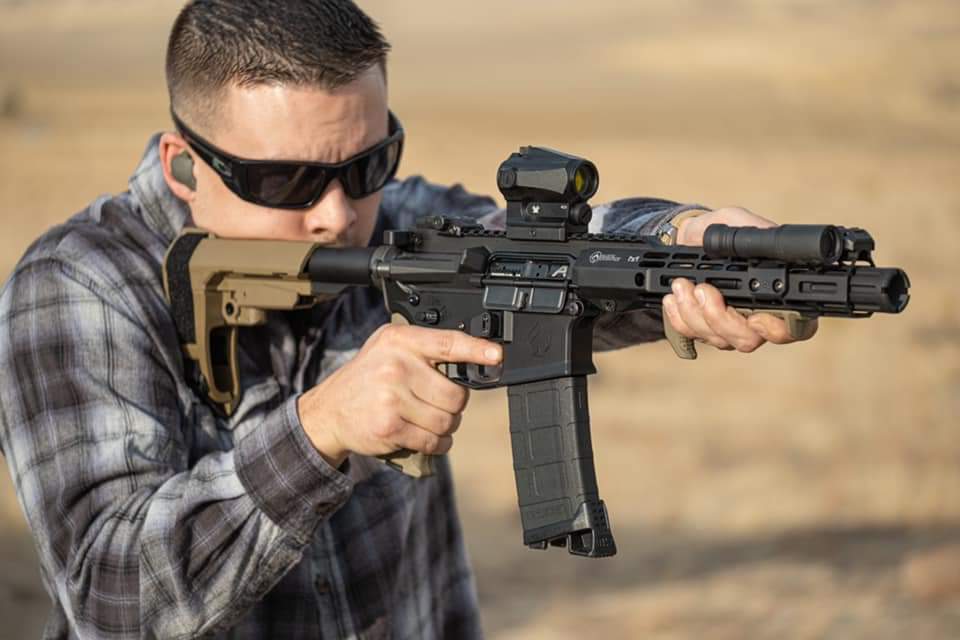Modern semi-automatic handguns are the result of well over 100 years of research and development. Internal operating processes are well-defined, and seldom change. The biggest differences between models are design, user features, and calibers. Maintenance is fairly simple, and handguns often go for years without needing professional service.
The keyword there is “often”. Sometimes, guns begin operating erratically, jamming, or misfiring. We refer to these episodes as malfunctions. These can be harder to diagnose than when a gun just stops working, which usually means something broke. The problem is fairly obvious, and a part has to be replaced. Malfunctions are a different issue, and might have multiple causes.
Keep in mind that a handgun is made up of three different types of materials:
- Polymer. While some guns are still made of all steel, most guns use a polymer material (similar to fiberglass) for the grip, trigger shoe, sights, and often magazines. This is light weight, very strong, and seldom breaks.
- Steel. The slide, barrel, hammer (if used), almost every part inside the slide, and all linkages between the trigger and Fire Control Unit. Wear and damage can occur to some parts, like the extractor, but that is somewhat rare.
- Springs. These do wear out, with time and use. Many gun problems result from springs that have gotten weak. The typical springs in a handgun, in descending order of failure rate, include: magazine springs, recoil spring, striker spring, trigger spring, slide catch spring, and safety plunger spring.
There are three types of malfunctions:
- Failure to fire. Sometimes user-error, forgetting to rack the slide. Otherwise, either a defective primer (ammo problem), or a light primer strike (ammo or gun problem). That is the subject of this article (this assumes that, when you press the trigger, the striker/firing pin moves forward, and pokes through the hole in the breech face.)
- Failure to extract. After firing, the empty casing remains in the chamber, and causes a double-feed. Usually an extractor problem.
- Failure to eject or feed. Often user-error: bad grip, but can be the gun. See notes below.
Notes on Type 3 malfunctions: when these problems persist across different shooters, the problem often stems from inconsistency of dimensional specifications during manufacture, especially in regard to magazine lips, feed ramp, or transition from feed ramp-to-chamber. How does that happen? Modern CNC Laser cutting equipment is accurate to thousandths of an inch, but even the best equipment, used 24/7 for weeks on end, will get out of adjustment. It costs money to stop the line every day for several hours to make those fine adjustments. If they do it, anyway, the cost of the gun goes up. As usual, you get what you pay for. If they don’t do it on a timely schedule, that gun will have intermittent problems that can never be solved.
Finally, back to the subject, the Type 1 malfunction, Failure to Fire.
Among the several guns I use for teaching beginner pistol classes are a Glock 17 Gen 3 (9mm, full size, often carried by police) and a Glock 19 Gen 4 (9mm, compact size). These are both police trade-ins. They are a few years old, but in good shape. The ammo I use (by the case) is from a small company in Idaho. I have used it for years, and the quality has always been very good. However, they went through a buy-out and reorganization about three years ago, and Quality Control (QC) seems to have suffered a little since then. Duds (cartridges with defective primers) started showing up at a rate about 1% (a little high), and one cartridge showed up with bullet setback of .15 inch. Oops! I stopped using that brand for a few months, but then started back, as they ship quickly, and almost always have inventory. Ever since the pandemic, most ammo manufacturers have had QC problems. Within a month, I started seeing duds again, about 1-2 per box, but sometimes none. I began to think that it might be the guns. Since I had thought that these failures were all ammo-related, I had not made a note of which guns were affected. I tested the ammo with two other guns. They did not have a problem, but unless I shoot at least two boxes of ammo, that would not prove anything. One new gun in particular, a Kimber, had never had a dud with this ammo. I then shot some very good Remington with a Glock; no duds would likely mean it was the other ammo. However, I had one failure. That points to the gun, but not definitively. Any brand can have a dud.
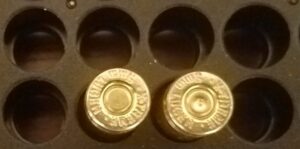
L. New, unfired cartridge
R. Dud. Primer was struck, but failed to ignite
The proof is not 100%, but the evidence points to “light primer strikes”, and getting worse. What to do? The striker (firing pin) rides in a channel inside the slide, and pokes the pointed end through a hole and into the primer. The possibilities include
- a weak striker spring
- debris in the striker channel
- the point on the striker worn off by use (however, it is steel)
Replacing the striker spring would mean cleaning out the channel as well, so that takes care of two items. I ordered two springs. After cleaning the channels and replacing the striker springs on both guns, I test-fired both guns with the suspect ammo. The G17 went 20 in a row, no issues. The G19 went 25, with a failure at number 23. Then I got a box of Remington UMC 9mm, very good, but a little pricey for bulk use. The G19 went 33 in a row, no problems. A few minutes later, using the bad ammo, it went 12, and failed at 13. That cartridge was fired again, and worked, so the primer was not completely bad. Remember that, with one dud per box, it might be the last one in the box, so none of this proves anything. It still might be the ammo, but my Kimber has gone at least 150 rounds without a failure, so the gun is still a suspect. The next step: replace the striker.
A few days later, a new striker came in the mail, with another new spring (it was a set). Since I now have an extra striker spring, I will put one in my Glock 23; it can’t hurt. Now, it is time to test the G19 again. Using the Remington UMC ammo, it went 15 in a row, no failures. Back to the suspect ammo. The very first round failed, along with three others in the first 40 rounds. I switch to the Kimber pistol, using the same suspect ammo, and it runs 20 straight with no failures. However, remember that this ammo has several times gone 20-30 rounds in a row with no failures. Remember, too, that in almost every case, when a round has failed to ignite the first time, it has worked the second time. That proves that the primers are not defective, per se, although they might be set too deeply in the pocket.
Time to analyze the results.
The most likely answer is that, in 2-8% of the cartridges, the primer is either set too deeply in the pocket, or is the wrong type of primer for this loading. Why does the Kimber always work? It is likely that, being a more expensive gun, they designed it to have a stronger spring than necessary, to allow a larger margin for variance in ammo quality.
Final Test.
After yet another inspection of the channel, and manual testing of striker action, I go to the range with three boxes of ammo:
- Remington UMC, a very high quality commercial brand.
- Blazer, a budget brand made by a major company, CCI.
- The suspect brand, but a different lot number (an important difference).
Using the Glock 19, I shot the following strings:
- Remington, 25 shots, no failures
- Blazer, 25 shots, no failures
- Suspect brand, 50 shots, 1 failure
- Using the Kimber and the known bad lot number, 25 shots, still no failures
My deduction now, is that probably all the guns needed was a change in ammo. Refreshing the striker springs was a good thing, and well worth the little they cost, but nothing else was critically necessary. In the bad lot of ammo, about 5% of the primers exceeded acceptable specs for installation. The Kimber simply has a wider tolerance than the Glocks. As usual, the simplest answer appears to be the best.
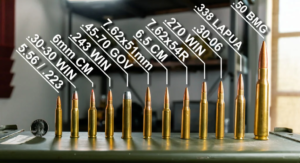

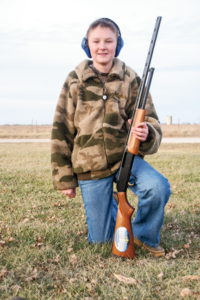 If introducing the child to hunting, the .410 shotgun. This fires a very small shell, with not a lot of recoil. It is suitable for upland game, and is a great stepping stone to the smaller center fire rifles, like the Winchester .243.
If introducing the child to hunting, the .410 shotgun. This fires a very small shell, with not a lot of recoil. It is suitable for upland game, and is a great stepping stone to the smaller center fire rifles, like the Winchester .243.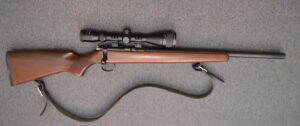 If introducing a child to target shooting, or if that child might not be up to killing an animal, a great choice is the venerable .22 LR bolt action. Note that this is not the same as .22 WMR (Magnum).
If introducing a child to target shooting, or if that child might not be up to killing an animal, a great choice is the venerable .22 LR bolt action. Note that this is not the same as .22 WMR (Magnum).